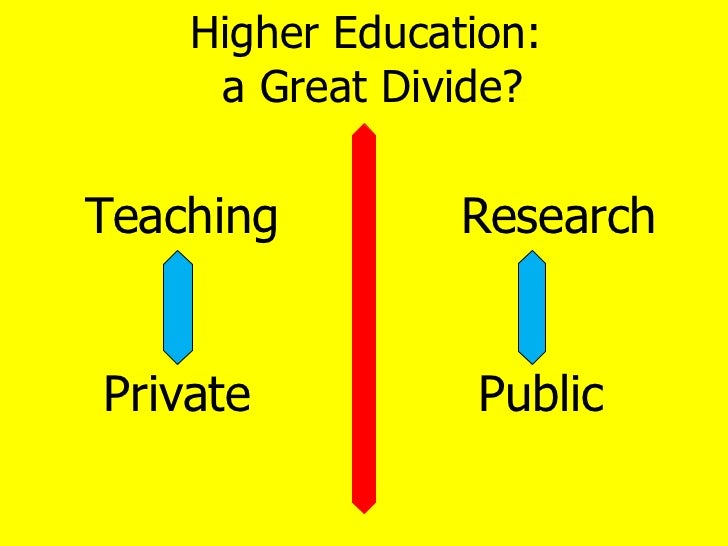
As the school year ends, many universities are starting to
accept promising applicants to enter their university. Many hopeful
applicants are submitting their applications letters before the current
school year closes. However, it’s a tight competition amongst these
students as many universities are screening their students based on
their selective standard.
Selective Admission
In recent reports, prestigious schools are accepting at least ¼ of the total number of their applicants. This means that only about 20% of this population can pursue to enroll in these schools. Because of this, many students are now sending their application letters earlier. In this way, they can increase their chances of getting into these schools. This idea made it easier for Ivy League universities to ease rejection on the applicants’ end. They create a waitlist but only accepts a maximum of 100 applications out of the thousands on the waitlist.
Schools that do not qualify for this criteria are willing to accept these students. State Universities and Public Schools usually struggle to fill their required number of freshmen students.
Bridging the Gap
Educational sectors all over the world are trying to find ways on how they can fix these discrepancies. In their attempt, they created the group called the Overlap Group. This group aimed to create several solutions on how to bridge the slow number of incoming applicants in many universities.
They also drafted a proposal on selective admission through a lottery. In this process, schools will create a specific criterion for their admission. From there, qualified students are grouped and drawn by lots until they are able to fill the required number. However, this process can be really problematic, given the situation that a student can apply to more than two universities of his choice.
Moreover, educational sectors also introduced college scholarships to aid students financially. This method seemed to work well at first, but it was stopped because it had created issues within the government sector.
Thus, the matching system was introduced. In this system, the education sector created an algorithm that pairs students depending on their abilities and grade. They rank applicants into specific criteria. This method seems to be doable, but the number of applicants makes it impossible to accomplish. It will take time before the algorithm can group at least 3 million students in a short time.
As of this time, the educational sectors are using technology to address the issue. They believe that by doing so, they would be able to classify students on their given abilities and inclination. They have a standardized test that each high school student will have to take before their admission to their chosen university. In this way, they would be able to distribute the number of students equally and fairly.
Final Thoughts
The division of the higher education created a gap between students. The idea of high-quality education was clouded because of each school’s standing in the educational hierarchy. The educational sector aims to break this gap with the use of technology.
Selective Admission
In recent reports, prestigious schools are accepting at least ¼ of the total number of their applicants. This means that only about 20% of this population can pursue to enroll in these schools. Because of this, many students are now sending their application letters earlier. In this way, they can increase their chances of getting into these schools. This idea made it easier for Ivy League universities to ease rejection on the applicants’ end. They create a waitlist but only accepts a maximum of 100 applications out of the thousands on the waitlist.
Schools that do not qualify for this criteria are willing to accept these students. State Universities and Public Schools usually struggle to fill their required number of freshmen students.
Bridging the Gap
Educational sectors all over the world are trying to find ways on how they can fix these discrepancies. In their attempt, they created the group called the Overlap Group. This group aimed to create several solutions on how to bridge the slow number of incoming applicants in many universities.
They also drafted a proposal on selective admission through a lottery. In this process, schools will create a specific criterion for their admission. From there, qualified students are grouped and drawn by lots until they are able to fill the required number. However, this process can be really problematic, given the situation that a student can apply to more than two universities of his choice.
Moreover, educational sectors also introduced college scholarships to aid students financially. This method seemed to work well at first, but it was stopped because it had created issues within the government sector.
Thus, the matching system was introduced. In this system, the education sector created an algorithm that pairs students depending on their abilities and grade. They rank applicants into specific criteria. This method seems to be doable, but the number of applicants makes it impossible to accomplish. It will take time before the algorithm can group at least 3 million students in a short time.
As of this time, the educational sectors are using technology to address the issue. They believe that by doing so, they would be able to classify students on their given abilities and inclination. They have a standardized test that each high school student will have to take before their admission to their chosen university. In this way, they would be able to distribute the number of students equally and fairly.
Final Thoughts
The division of the higher education created a gap between students. The idea of high-quality education was clouded because of each school’s standing in the educational hierarchy. The educational sector aims to break this gap with the use of technology.
No comments:
Post a Comment